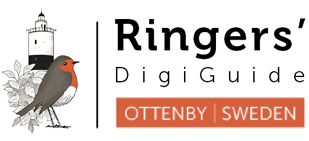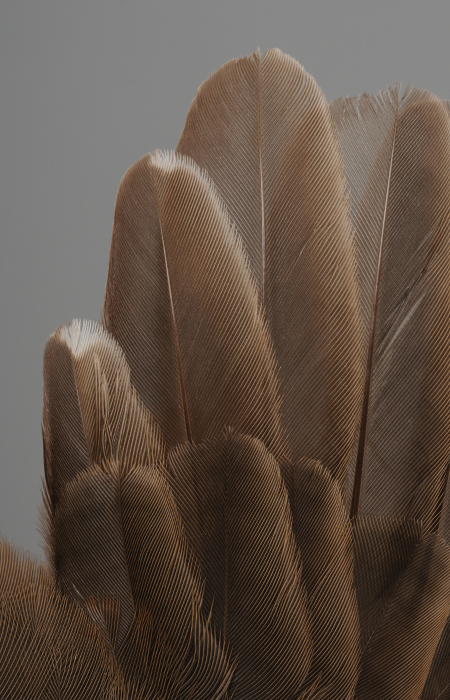

Redwing

2cy April. Typical juvenile TT, showing a (weak) contrast to the slightly more frescher olive inner post-juvenile GC as well as large buff tips to the outer vane that cuts deep into the feather along the shaft. The longest T is often rather unmarked, despite being juvenile. More worn birds may lack the pale tip, and instead show a small 'cut' into the tip. [3E34900]
More Turdus iliacus:
Ringers’ DigiGuide is sponsored by:
Hemsidan producerad i samarbete med
BirdLife Sverige